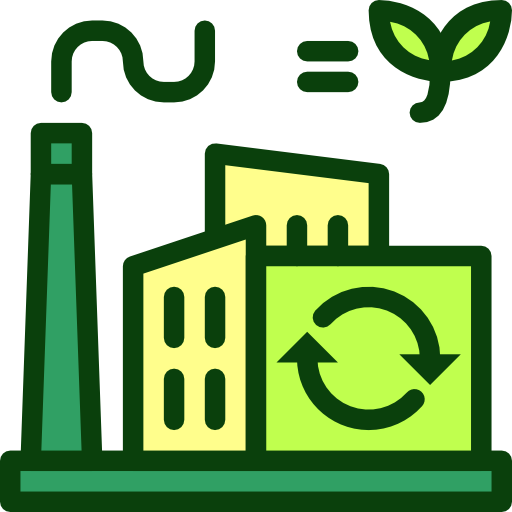Egypt - Environment

As far as the environment of Egypt is concerned, there have been . As for nvironment - international agreements, we have; .
About the environment of Egypt
| Climate | We have desert; hot, dry summers with moderate winters |
|---|---|
| Revenue from forest resources | |
| Revenue from coal | |
| Waste and recycling | Municipal solid waste generated annually: 21 million tons (2012 est.) |
| Total renewable water resources | 57.5 billion cubic meters (2020 est.) |
| Major rivers (by length in km) | |
| Total water withdrawal | |
| Municipal | 10.75 billion cubic meters (2020 est.) |
| Industrial | 5.4 billion cubic meters (2020 est.) |
| Agricultural | 61.35 billion cubic meters (2020 est.) |
| Air pollutants | |
| Particulate matter emissions | 63.16 micrograms per cubic meter (2019 est.) |
| Carbon dioxide emissions | 238.56 megatons (2016 est.) |
| Methane emissions | 59.68 megatons (2020 est.) |
| Land Use | |
| Agricultural land | 4.1% (2022 est.) |
| Agricultural land: arable land | arable land: 3.1% (2022 est.) |
| Agricultural land: permanent crops | permanent crops: 1% (2022 est.) |
| Agricultural land: permanent pasture | permanent pasture: 0% (2022 est.) |
| Forest | 0% (2022 est.) |
| Other | 95.9% (2022 est.) |
| Urbanization | |
| Urban population | 43.1% of total population (2023) |
| Rate of urbanization | 1.9% annual rate of change (2020-25 est.) |
| Major urban areas (Pop) | 22.183 million CAIRO (capital), 5.588 million Alexandria, 778,000 Bur Sa'id (2023). |
All Important Facts about Egypt
Want to know more about Egypt? Check all different factbooks for Egypt below.









